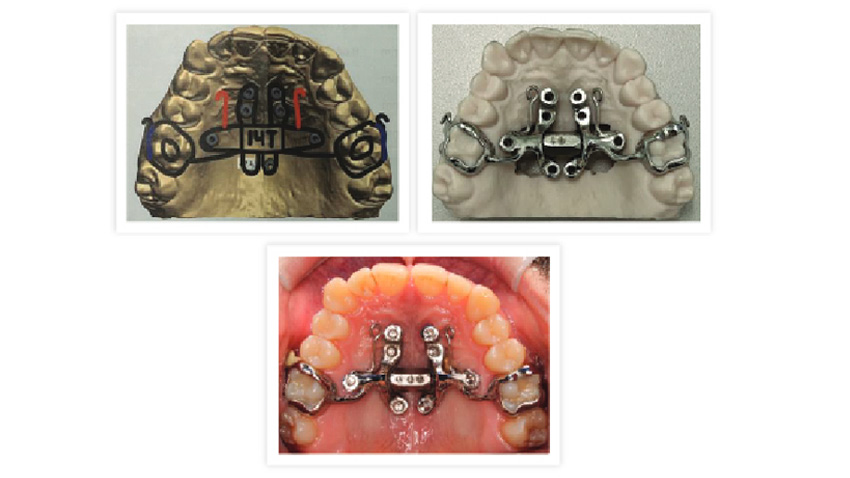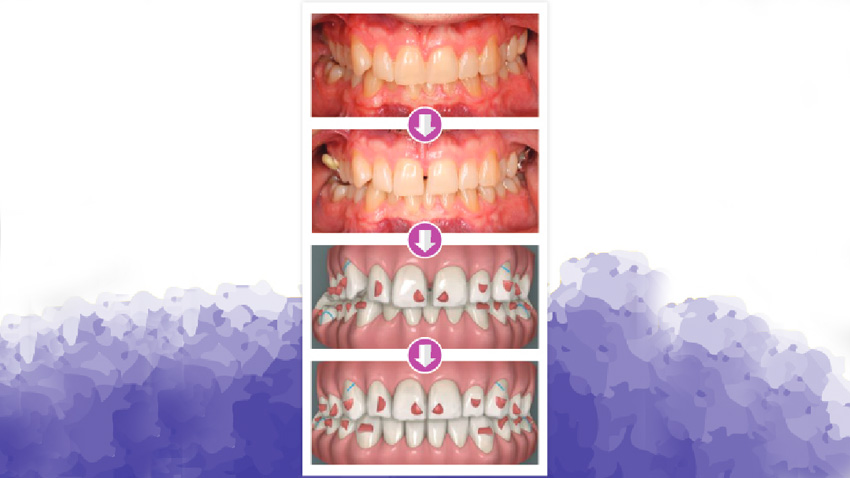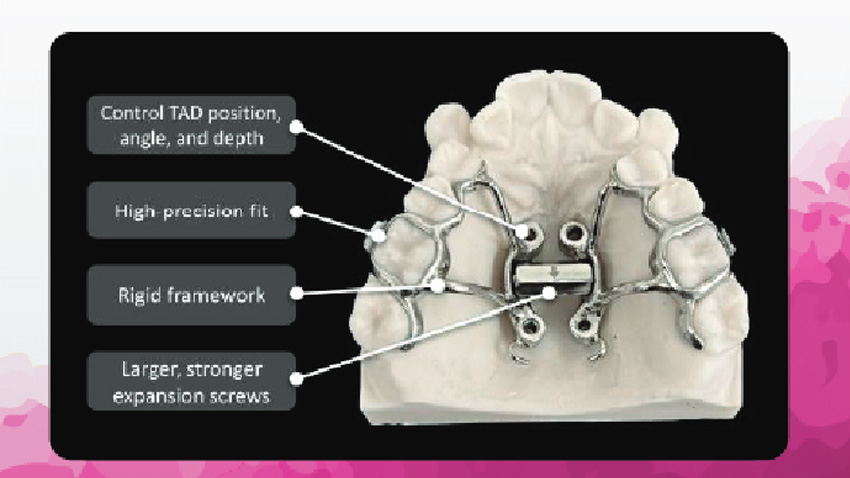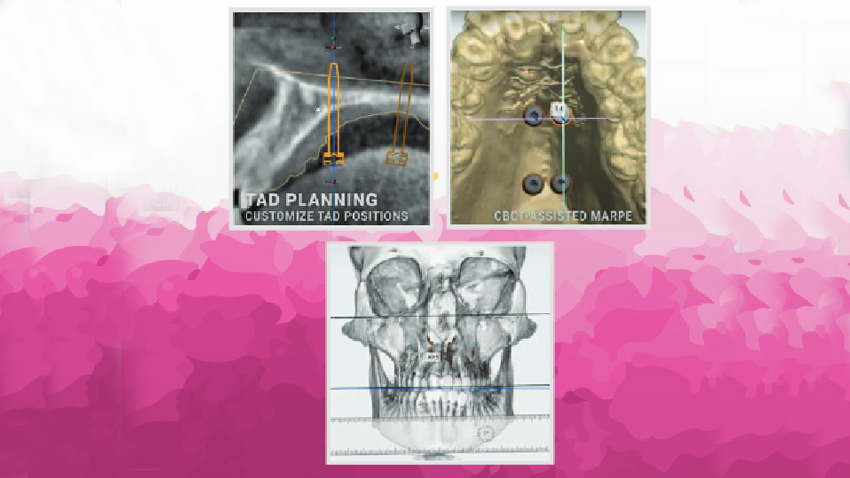Custom MARPE (MAPE) in Bellflower
Custom 3D-Printed MAPE Design, Fabrication and Installation

Custom MAPE Sutural Split and Simultaneous Invisalign Treatment (No Diastema Protocol)

What is Maxillary Skeletal Expansion?
Maxillary expansion is commonly done for skeletal widening of the upper jaw (maxilla). A narrow maxilla is associated with nasal obstruction, open mouth posture, crowded teeth, and hindered facial development. These are common features of patients with Obstructive Sleep Apnea (OSA).
Maxillary expansion increases the nasal cavity volume, decreases nasal resistance, and gives the tongue more room to sit up and forward in the mouth, increasing airway space.
Conventional maxillary expanders are limited to children because the mid-palatal suture fuses around 12-15 years of age. Miniscrew-assisted palatal expansion (MAPE) is an effective non-surgical and non-extraction treatment for adults whose sutures have already fused. Traditional miniscrew-assisted palatal expanders were most effective for older adolescent and young adults. However, recent improvements in MAPE's have made treatment much more predictable and effective for patients of all ages.
What does Custom 3D-Printed MAPE treatment look like?
Advancements in digital intraoral scanning and 3D X-Ray integration enables precise virtual planning. Every aspect is custom planned with a lab technician and Dr. Audrey Yoon and successful sutural opening is predictable for nearly all ages.
The Custom MAPE is placed with 4-10 miniscrews in preplanned guides. The procedure typically takes about 30 minutes under local anesthesia only. Pain is minimal and well managed with over-the-counter pain medication for 1-4 days.
After installation, the mid-palatal suture splits in about 1-3 weeks and we begin simultaneous Invisalign treatment. This allows for slower, controlled expansion, prevention of a large diastema (or gap between the upper central incisors), and simultaneous alignment of the other teeth.

Custom 3D-Printed MAPE: How is it different and why consider it?
The increased predictability of using Custom 3D-Printed Miniscrew Assisted Palatal Expanders allows us to treat a wider demographic of patients with reduced side effects.
The virtual planning allows for miniscrew site selection in areas with the most optimal bone and the 3D metal printing allows for a more rigid framework. This allows for the most calculated application of force for successful mid-palatal suture splits.
Due to the appliance being bone-borne, undesirable tooth movements are avoided, while obtaining greater skeletal expansion. This has a direct effect on the nasal and oral cavity to maximize nasal airflow and reduce symptoms of OSA.

